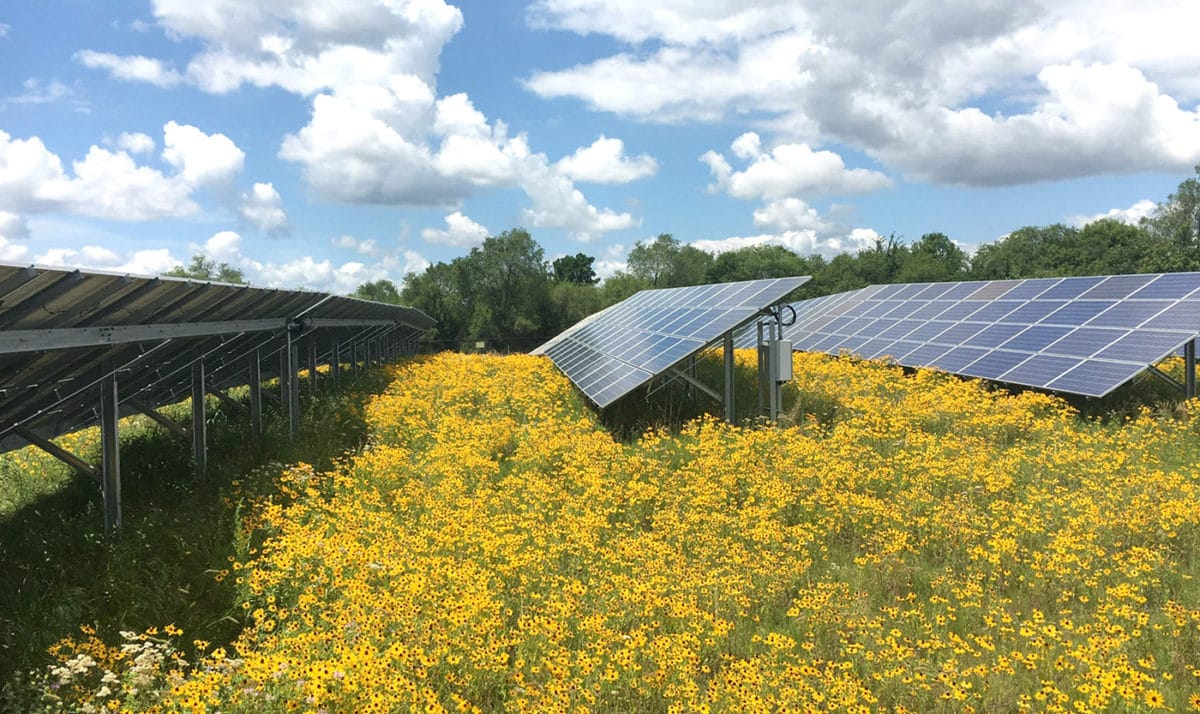As solar energy ramps up in the United States, interconnection queues have grown to almost unmanageable levels. The growth will continue, as the U.S. strives to meet the Biden administration’s goal of 80% clean energy by 2030. In January, a PV Intel report found no less than 639 GWac of large-scale solar projects in the queues of the seven wholesale power markets, plus TVA, the Bonneville Power Administration, and two of the nation’s largest investor-owned utilities (Florida Power & Light and Southern Company). Comparing that to the queues that PV Intel tracked in 2019, it shows a more than 3x increase.
While queues to connect large utility-scale projects slow the ramp up of clean energy in the U.S., the queue for rooftop solar is substantial as well. Utilities are receiving hundreds of applications a week to connect these systems to the grid, with no sign of slowing.
The rate of solar adoption is a good problem to have, but the increasing number of interconnection requests is a new challenge for utilities. Each application received requires a technical evaluation to assess the potential grid impacts of the new solar installation, looking at how the connection will affect power quality and infrastructure assets.
Right now utilities are evaluating interconnection applications manually, which means there is increased demand on distribution engineers. Some also rely on hosting capacity analysis to provide public visibility into the capacity of their networks to accommodate solar, however, these maps do not answer the question of whether individual solar applications can interconnect to the grid, as every interconnection can trigger unique local distribution system constraints.
Grid researchers at the National Renewable Energy Laboratory (NREL) partnered with the Sacramento Municipal Utility District (SMUD) to look at a way to streamline the interconnection process.
“Our project team set out to understand how a utility can assess solar applications in a fast, robust fashion while still being technically thorough,” said Killian McKenna, a senior researcher in NREL’s Grid Planning and Analysis Center and the principal investigator on the effort.
The team came up with an automation tool, PRECISE (preconfiguring and controlling inverter set-points), which performs fast and automated interconnection assessments and integrates with SMUD’s existing business interconnection workflow.
“PV interconnection evaluation is becoming a time-consuming process as each proposed solar power system must be individually reviewed in detail to make sure it works safely with our grid,” said Sheikh Hassan, a principal distribution engineer at SMUD. “PRECISE significantly reduces this evaluation time by instantly determining optimal inverter settings for a given location.”
PRECISE went live at SMUD on Feb. 26, 2022, and has processed over 1,700 applications in its first six months of operation, an average of 13 applications each business day and as many as nearly 30 applications in one day. The tool itself can scale to process any number of applications. Through automation, data integration and fast computing techniques, PRECISE can easily handle hundreds of applications daily.
“This is a tremendous result for our team and has ensured staff gets the help they need while speeding up the interconnection process and lowering costs for our customers,” said Sruthi Nadimpalli, an information technology (IT) project manager with SMUD. This functionality won PRECISE an R&D 100 Award in 2019, has helped customers safely and efficiently install more solar energy in SMUD’s service areas, and has worldwide potential.
PRECISE automates the modeling of all of SMUD’s 40,000-plus distribution secondaries—or the low-voltage distribution system connected to houses and rooftop solar—and pulls in advanced metering infrastructure (AMI) data as required. The tool also takes into account local irradiance measurements across SMUD’s service area and creates mathematical models of each incoming PV system. To do this, it models every component of the solar panels and their orientations, as well as the inverters and smart inverter capabilities, to make the assessment.
The process begins as soon as an interconnection application is received by the utility when PRECISE pulls in data and updates business teams downstream (i.e., planning, metering, line design) once its calculations are complete.
To handle requests to interconnect solar power systems larger than the grid can accommodate in a specific location PRECISE automates an assessment of what size system the grid can accommodate and how advanced inverter functions can support approval. In these scenarios planning engineers manage this information and can work with the customer to find a solution to enable the PV system to successfully interconnect.
For every residential solar PV interconnection application, PRECISE assesses the impact of the interconnection proposal and evaluates the need to use smart inverter functions.
“The task to determine optimal smart inverter settings in order to maximize our PV hosting capacity will become more complex and time intensive as the number of PV interconnection applications increase,” Hassan said. Smart inverter functions can be the deciding factor on whether an interconnection must be downsized or not, and PRECISE enables that evaluation, leveraging inverter functions as needed to help accommodate more solar onto the grid.
In developing PRECISE, NREL worked closely with a SMUD team that included more than 20 personnel. The project was the first automation of the technical interconnection evaluation process of its kind, one that could serve as a template for many utilities to use to automate the evaluation of new interconnection requests.
“PRECISE is a cutting-edge PV interconnection evaluation tool that enables utilities to cost-effectively host more solar,” Hassan said.
NREL and SMUD are exploring future collaborations, now that PRECISE has linked the diverse utility data sets (e.g., meter data, GIS, interconnection applications) needed for automated evaluation of new distributed energy resources. PRECISE could now be applied to large commercial solar sites, to assess battery energy storage or to evaluate the impact of electric vehicles connected to the grid.
“The future for grid planning and operations is increased automation for evaluating the health, impact and opportunities of increasing levels of distributed energy resources,” McKenna said. “PRECISE is a first step of many to reach that future.”






